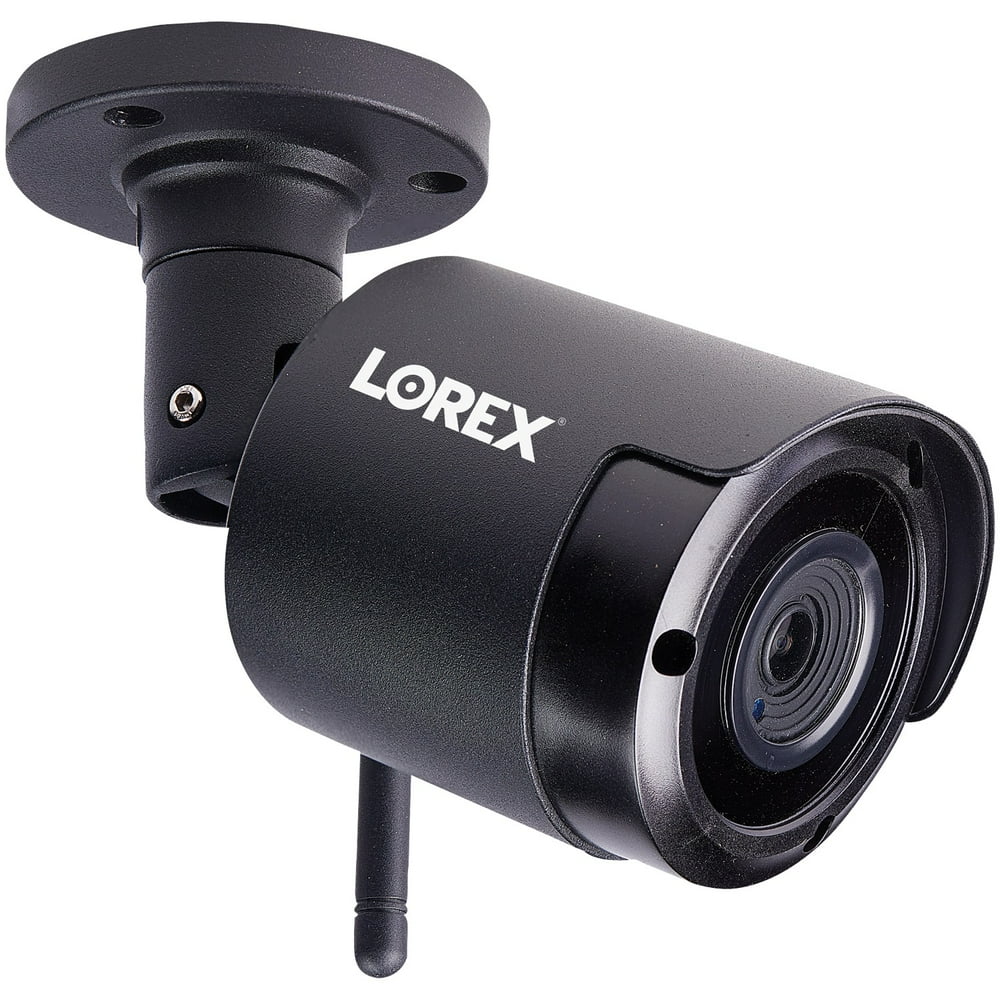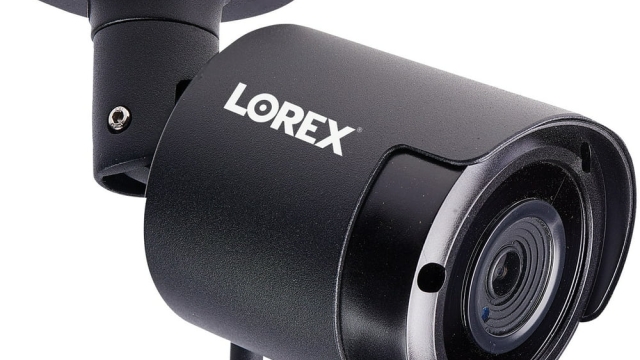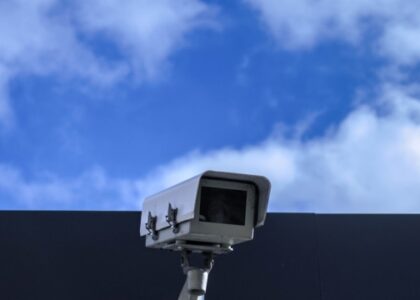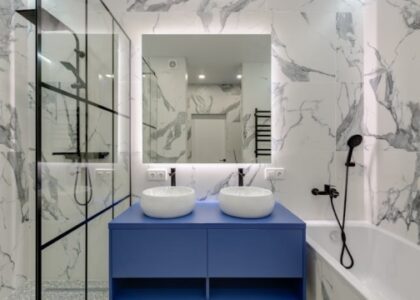
In today’s world, ensuring the safety and security of our homes and businesses has never been more crucial. With advancements in technology, security cameras have become an essential tool for monitoring our environments, deterring crime, and providing peace of mind. Whether you’re looking to safeguard your property, keep an eye on your loved ones, or simply improve the overall security of your space, choosing the right security camera can make all the difference.
As you navigate the myriad of options available, it can be overwhelming to determine which features and specifications best meet your needs. From indoor cameras that keep watch over your family to outdoor models designed to withstand the elements, the right security camera can provide you with an invaluable sense of protection. In this guide, we will explore the various types of security cameras, their key features, and tips on how to select the perfect camera for your specific requirements. Get ready to discover how you can enhance your security strategy and ensure that your eyes are everywhere.
Types of Security Cameras
When it comes to security cameras, there are several types available, each designed to meet specific needs. Bullet cameras are among the most common types, recognizable by their cylindrical shape. They are ideal for outdoor use, providing a long-range view and being weatherproof. These cameras are typically mounted on walls or ceilings and can be fixed or varifocal, allowing users to adjust the focus for optimal coverage.
Dome cameras are another popular option, often used in commercial settings. They are named for their dome-shaped body that conceals the camera lens and makes it difficult to tell which direction the camera is facing. This can serve as a deterrent to potential intruders. Dome cameras can also be either fixed or PTZ (pan-tilt-zoom) and are known for their sleek design and ability to blend seamlessly into their surroundings.
Finally, there are PTZ cameras that provide advanced functionality with the ability to pan, tilt, and zoom. These cameras allow users to actively monitor a large area by adjusting the camera’s position remotely. PTZ cameras are often used in scenarios requiring constant vigilance, such as monitoring parking lots or large public spaces. Their versatility and control make them a valuable addition to any security system.
Key Features to Consider
When choosing a security camera, one of the most important features to consider is the resolution. A higher resolution means clearer images, which can be crucial for identifying faces or details in a potential security incident. Look for cameras that offer at least 1080p resolution for satisfactory clarity. Some higher-end models may provide 4K resolution, which can be beneficial if you want to zoom in on specific areas without losing detail.
Another essential factor is the field of view. This refers to how much area the camera can cover. Cameras with a wider field of view can monitor larger spaces without the need for multiple devices. Consider your specific needs based on the installation area; for instance, a camera with a 180-degree view is advantageous for open areas, while a narrower field may suffice for doorways.
Night vision capability is also crucial for security cameras. Many incidents occur in low light, so having a camera that can capture clear footage in the dark is vital. Look for models that offer infrared night vision or low-light performance features. This ensures that your security camera remains effective around the clock, providing peace of mind no matter the time of day.
Installation and Maintenance Tips
When installing your security camera, it is crucial to select the right location to cover the most area while minimizing blind spots. Aim for high and unobstructed positions, such as under the eaves of your home or on walls that provide a clear view of entry points. Make sure the camera is angled correctly to capture the desired field of view. Additionally, ensure that the camera is weatherproof if it will be placed outdoors and secure any wires properly to prevent damage.
Regular maintenance is key to keeping your security camera functioning well. Check the camera lenses periodically to ensure they are clean and free from dust and cobwebs, as obstructions can hinder image quality. It is also advisable to inspect the camera housing for any signs of wear or damage. Update the camera’s software and firmware as needed to enhance security features and fix any potential vulnerabilities that could be exploited by intruders.
Security Camera Sales
Lastly, keep an eye on the footage and recording settings to ensure that your camera is capturing the necessary events. Review your camera’s storage capacity regularly to prevent overwriting useful video footage. Consider setting up alerts for motion detection to receive notifications when unusual activity is detected. Consistent monitoring and upkeep will ensure that your security camera remains reliable and effective in protecting your property.






Recent Comments